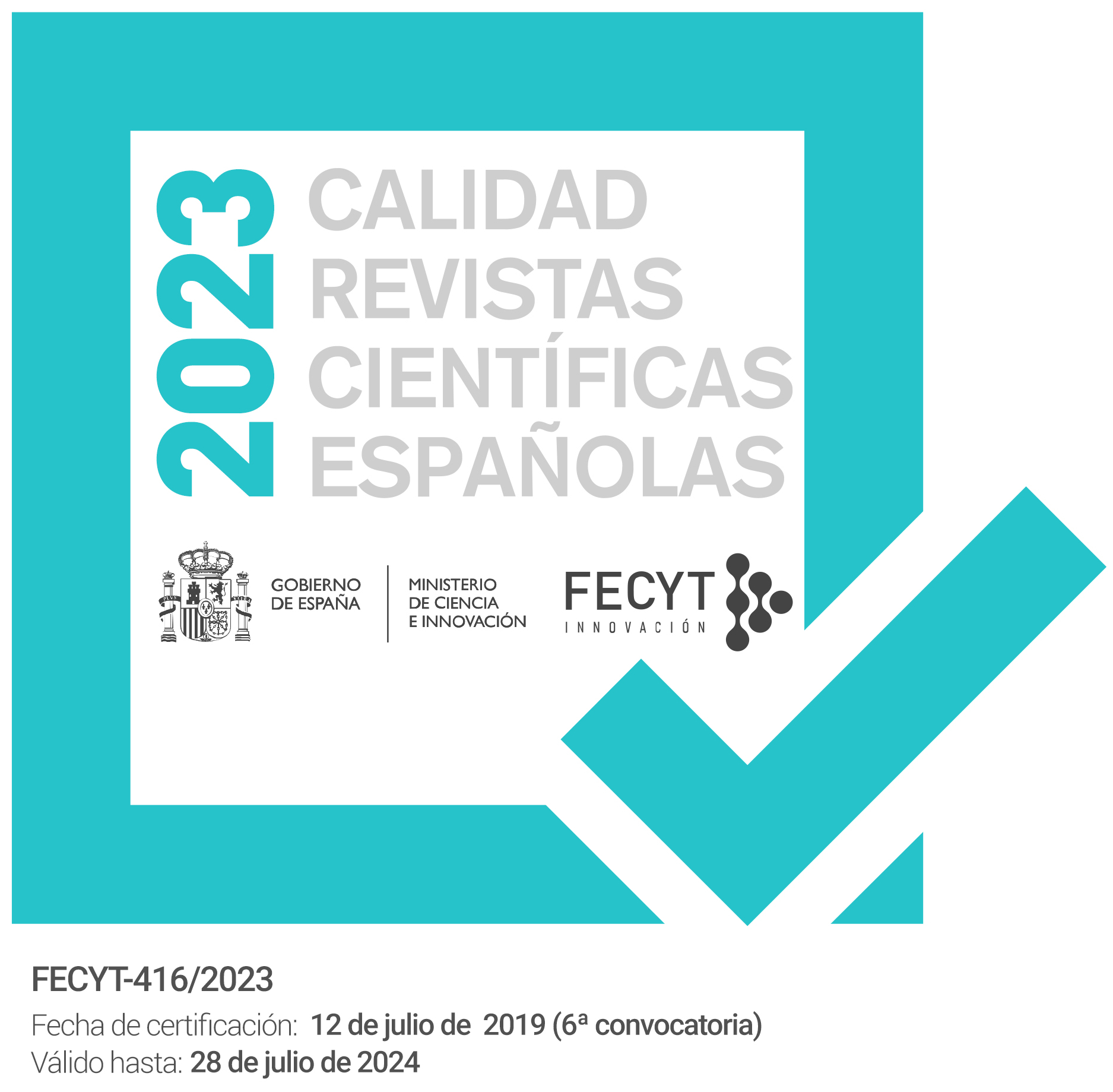Elaboración de modelos digitales de precipitación para la isla de Gran Canaria. Un ejemplo en la cuenca del Barranco Guiniguada
Keywords:
modelos digitales de precipitaciones, modelos digitales de elevaciones, sistemas de información geográfica, Gran Canaria, técnicas de análisis espacial, modelización espacial, barranco de Guiniguada, digital rainfall models, digital elevation modelsAbstract
El presente artículo tiene como objetivo mostrar, a través de un ejemplo, la elaboración de modelos digitales de precipitación (MDP) para 1'1 isla de Gran Canaria. Los MDP, como otros modelos digitales, permiten caracterizar con gran detalle la variable precipitación y se sustenta en técnicas de análisis espacial. Estas técnicas han tenido un gran desarrollo en los últimos años a partir del propio desarrollo de la inform5tica en geografía y, con ello, de los Sistemas de Información Geográfica (5IG). La importancia que cobra la isla de Gran Canaria en este campo, viene determinada por la gran cantidad de estaciones pluviométricas que se sitúan en la isla, logrando una densidad de red muy superior a la existente en otras partes del Estado.
One example of the realization of digital rainfall models in Gran Canaria is showed by this paper. These models, like other digital models, allow us to see in detail the observed variable (the rainfall, in this case) and is sustented by spatial analysis techniques, which have had a great expansion in the last years thorugh the expansion of computer techniques, and in special, the Geographical Information Systems (GIS). The importance of Gran Canaria in this field is due to the existence of a great number of rainfall observation stations in the island, what cause a high density, higher than in other parts of Spain.
Downloads
Downloads
Issue
Section
License
The articles are open access distributed under the terms of the Creative Commons Attribution-NonCommercial-NoDerivatives (CC BY-NC-ND) Spain 4.0 license. Authors who publish in this journal agree with the following terms:
a) Authors retain the copyright and guarantee the journal the right to be the first publication of the work as well as licensed under a Creative Commons Attribution License that allows others to share the work with a recognition of the authorship of the work and the Initial publication in this magazine.
b) Authors may separately establish additional agreements for the non-exclusive distribution of the version of the work published in the journal (for example, place it in an institutional repository or publish it in a book), with recognition of its initial publication in this magazine.
c) Authors are allowed and encouraged to disseminate their work electronically (for example, in institutional repositories or on their own website) before and during the submission process, as it may result in productive exchanges, as well as a earliest and largest citation of published works (See The Effect of Open Access).



